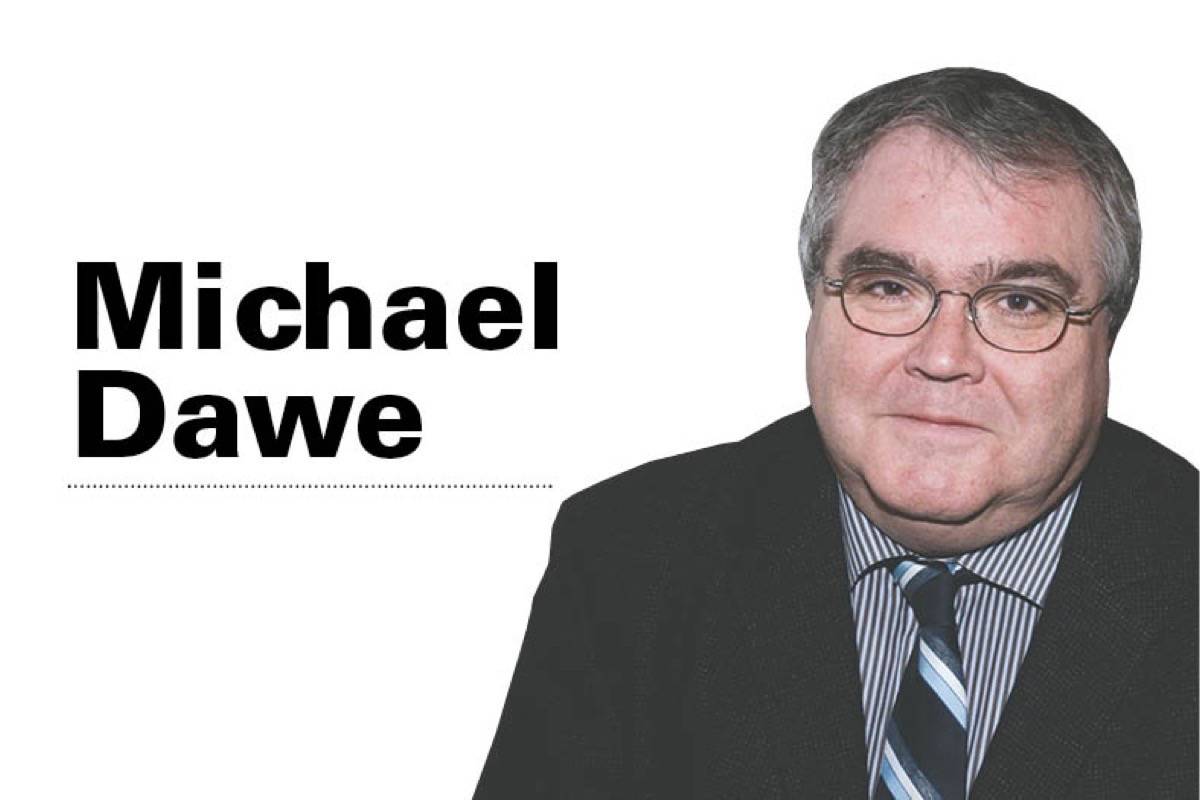This year marks the 100th anniversary of the N.H.L., a great opportunity to reflect on the history of hockey. And it is not surprising, given the importance of the sport to Canadians, that hockey has been a big part of Red Deer’s history. However, there was a period, lasting almost two decades, when hockey really lagged in the community.
The problems began in the early morning hours of Feb. 8th, 1907. The roof of Red Deer’s first indoor rink on Morrison (52nd St.) collapsed under a heavy weight of snow. Part of the building was salvaged as a curling rink. However, nothing was done for many years to provide new covered space for hockey.
Hence, all hockey games had to be played outdoors.
With the intense cold typical of Central Alberta winters, games were often a challenge, or else had to be postponed until the weather improved.
Before the collapse of the rink, Red Deer had three strong hockey teams – juniors, intermediates and seniors – each of which were strong contenders for championships on regional and provincial levels.
After Red Deer lost its covered rink, hockey was generally limited to high school or intra-community teams, with only one team competing in regional leagues.
Many of those league games were played in other Central Alberta communities that had covered rinks.
There was still a strong community desire to get a new community rink. At first, there were hopes that one would be built as a private business venture.
However, 1908 and 1909 were marked by a sharp economic recession.
When no private rink materialized, pressure grew on the local Town council to take on the project. There were more delays given some significant financial and organizational problems for the Red Deer Exhibition Association, the proposed partner in such a venture.
By 1911-1912, the Exhibition Association finally resolved its challenges.
However, the first priority for the Association was new facilities, such as exhibits buildings and a grandstand, for the annual summer fair.
Finally, in 1913, firm plans were made for the construction of a large new rink/arena on the fairgrounds. There was another delay when another recession set in. However, most people were confident that this was only a temporary setback.
Then, in August 1914, the First World War broke out. Attention turned to the war effort, not new recreational projects. Moreover, a large portion of the fairgrounds was turned into a military training camp.
With so many young men enlisting for military service, there was a growing shortage of available players.
For a while, local military units provided some credible teams. However, as more and more men left for overseas, those military teams disappeared.
The situation did not improve after the War ended.
Red Deer entered a severe post-war economic depression. Many young men came back from the War with severe wounds and disabilities. Regional leagues such as the Rosebud League and Big Five struggled as the many of the same challenges were felt across the province.
The real low point was hit in 1919. The City only managed to create an outdoor rink using a slough on First Street South (49th St.) on the north side of Parkvale.
Many of the rink boards were salvaged from old buildings.
Things improved with a more formal outdoor rink on Ross Street in 1920. However, it was much smaller than a standard rink.
Moreover, fan support was weak, with many games garnering less than $5 in ticket sales. Fortunately, when the hockey club ran a deficit, City council helped out with a small one-time grant.
Finally, things began to improve in 1922-1923. More and better players gradually became available.
The creation of the local Rotary Club and Elks Lodge provided groups willing to support a local hockey team financially.
Finally, in 1925, a new covered arena was finally built. Hockey took off again. During the 1925-1926 season, Red Deer won the provincial hockey championship.



